Content

Activated carbon, also known as activated charcoal, is a form of carbon processed to have small, low-volume pores that increase the surface area available for adsorption or chemical reactions. Activated carbon is commonly used in water filtration systems
Update: 05/06/2023
Share:




What is Activated Carbon?
Activated carbon is a form of carbon with high porosity, numerous small hollow pores with molecular size combined with many surface cracks.
Therefore, this type of carbon has a high contact area, good absorption ability, and reacts easily with various substances.

To create activated carbon, one needs to burn carbon-rich materials such as wood, coal, bamboo, coconut shells at high temperatures. The temperature ranges from 600 - 900 degrees Celsius in a reducing atmosphere.
Activated carbon physically absorbs impurities, dirt in water, air. It retains these substances on the surface of carbon. Therefore, activated carbon is used in odor removal, water treatment, healthcare, and beauty industries.
Understanding the Technical Specifications of Activated Carbon
Activated carbon has basic technical specifications as follows:
Iodine Number
The iodine number is a fundamental index, characteristic of the surface area of the small hollow pores within the molecular structure of activated carbon. It also represents the adsorption capacity of activated carbon for impurities, toxic substances, chemicals.
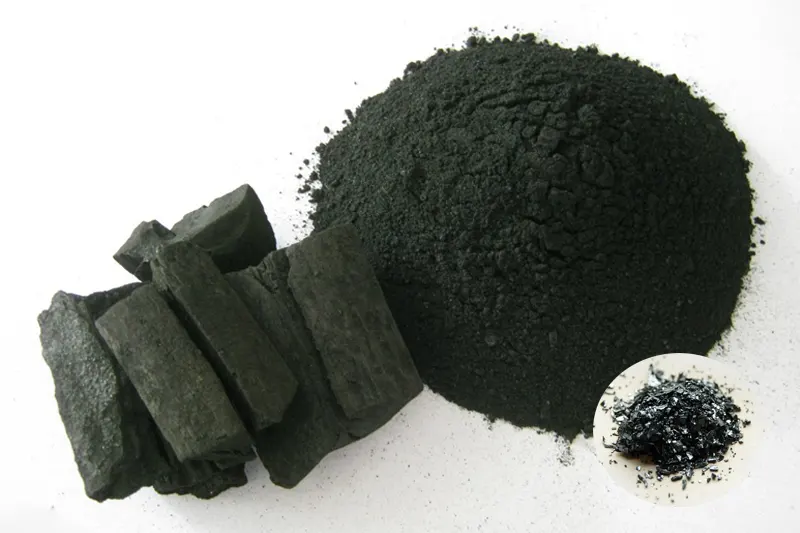
The iodine number is directly proportional to the activation level and quality of the carbon. If the iodine number is large, the quality of the carbon is good and vice versa.
According to experts, the standard iodine number of carbon ranges from 500 – 1200 mg/g.
Hardness of Carbon
The hardness of carbon represents the resistance to corrosion or dissolution of the product.
This is an extremely important parameter that needs attention. During use, carbon will have to withstand pressure from the erosion of the flow, physical forces, pressure, etc.

The more stable the hardness of carbon, the longer the lifespan of the carbon, the better the economic efficiency, and vice versa.
Particle Size Distribution
The size of the particles affects the accessibility of the adsorbent to the surface of activated carbon. Therefore, the larger the size, the lower the accessibility, and the slower the adsorption process.
Applications of Activated Carbon
Activated carbon is used to clean and deodorize air, water, and other liquids. It has the ability to adsorb harmful substances, bacteria, and viruses. Activated carbon is also used in the production process in many industries, such as beer, alcohol, and sugar production.
Role of Activated Carbon in Water Filtration
Activated carbon is used in traditional filtration tanks to treat well water. Most use granular carbon combined with other water treatment materials such as sand, quartz, rocks, stones... The role of activated carbon in water filtration is to remove impurities, odors, and effectively remove water color.
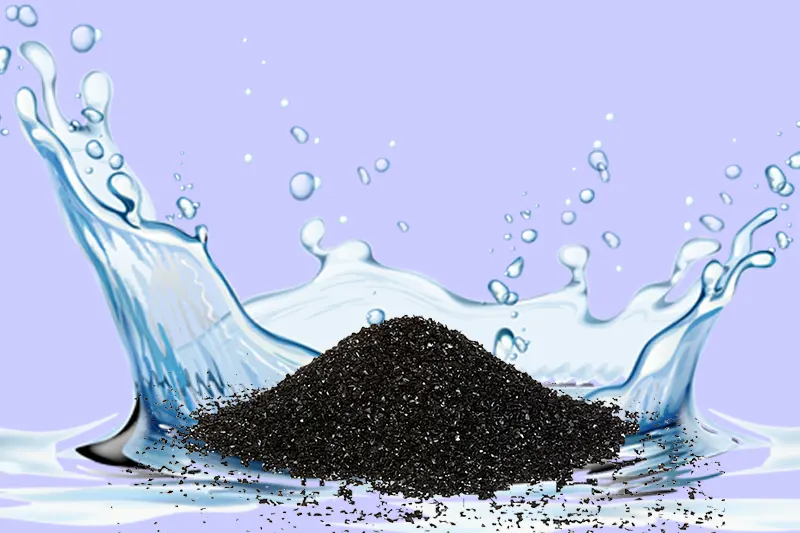
Activated carbon is a material in the production of pure water filter cores. This is the main material to create activated carbon filter cores with the purpose of preventing pollutants, odor-causing substances, chlorine, organic matter in water. The product is widely used in RO water purifiers.
Activated Carbon in Wastewater Treatment
In wastewater treatment, activated carbon is also used as a raw material in wastewater treatment tanks. They help remove impurities in water before discharging them into the environment.
Some Common Types of Activated Carbon
There are many different types of activated carbon on the market today. Specifically, as follows:
Powdered Activated Carbon
This type of carbon has fine powder particle structure with ultra-small sizes, only from 0.2 - 0.5mm. This type of carbon has a simple production process, so the cost is relatively low compared to other types of activated carbon.
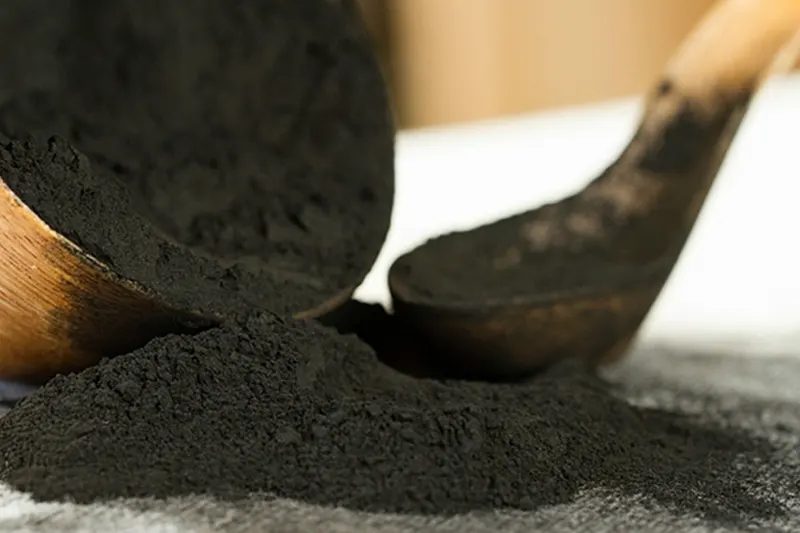
Powdered activated carbon has a large contact area. They are often used in chemical treatment, beauty product manufacturing, cleaning products such as toothpaste, exfoliators, facial cleansers...
Granular Activated Carbon
Granular activated carbon has a larger and more durable structure than powdered form. The sizes of carbon granules vary from 0.2 - 5 mm, so they are less likely to be washed away in water.

This type of carbon is often used in household clean water treatment, industrial wastewater.
Pelletized Activated Carbon
Pelletized activated carbon has a more rigid cylindrical structure than granular and powdered activated carbon.
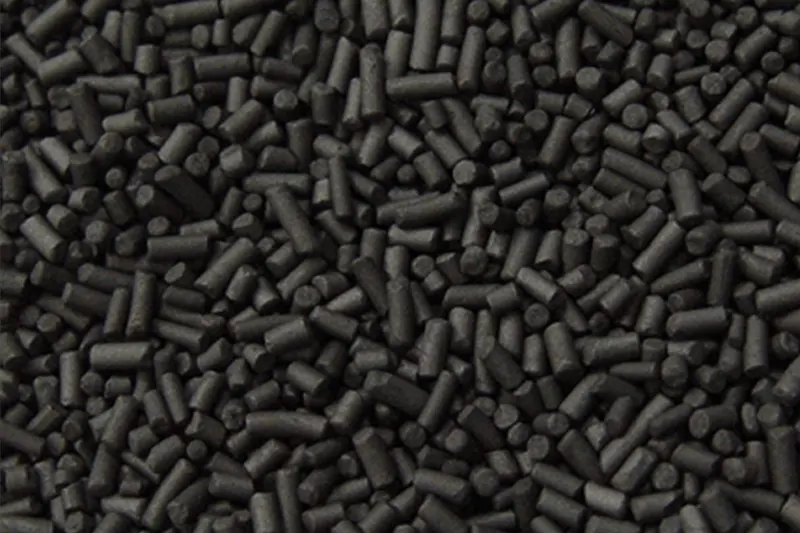
The diameter of each pellet ranges from 0.8 - 5 mm. This product is commonly used in air purification filters.
Cylindrical Activated Carbon
Cylindrical activated carbon is less used in civilian fields. They are widely used in industry and large filtration systems.
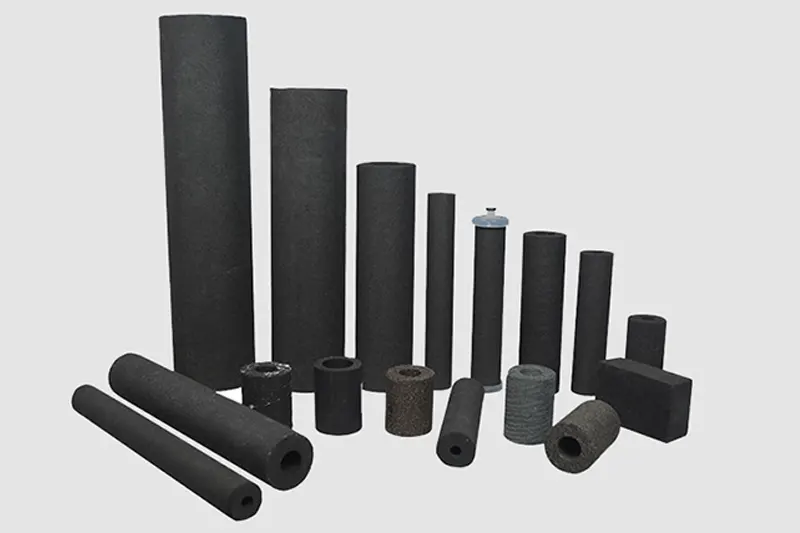
The size of cylindrical activated carbon is quite high. The diameter of the carbon ranges from 1 - 5 cm.
Plate Activated Carbon
This type of carbon uses additional shaping frames as activated carbon powder foam pieces.
The product is widely used in air purifiers.
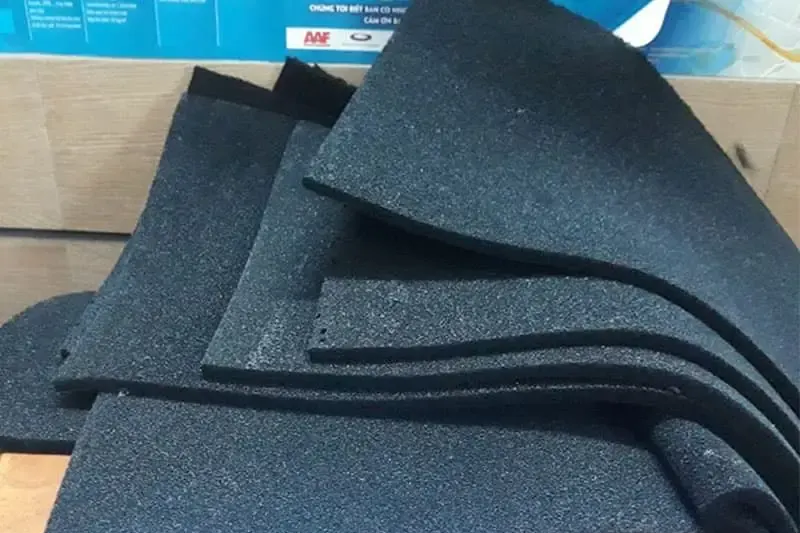
The lifespan of plate activated carbon filters ranges from 2 - 3 years on average. It also depends heavily on frequency of use, air pollution levels in the environment.
Above is the explanation of experts on what activated carbon is. Hopefully, the information we provide has helped you understand more about this water filtration material and the necessary information. If you want to buy high-quality activated carbon, please contact Toan A JSC via hotline: 0913.543.469 for advice and quotation today.
Update: 05/06/2023
Share:




Related news
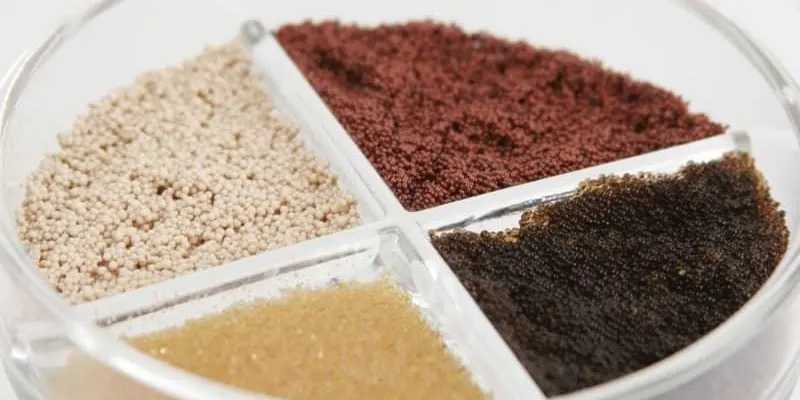
Ion exchange resin: Efficient and cost-effective water treatment
Developed since the early 20th century, ion exchange resin beads have become an indispensable part of the water treatment industry. With superior ability to remove impurities and harmful ions in water such as Ca2+ and Mg2+, ion exchange resin beads are also commonly referred to as water softening resin beads, leading the way in today's green technology race. Not only do they help improve water quality, but they also contribute to environmental protection and sustainable development. Let's delve deeper into the role and applications of ion exchange resin beads with Toan A JSC in the article below!
Created at: 19/08/2024
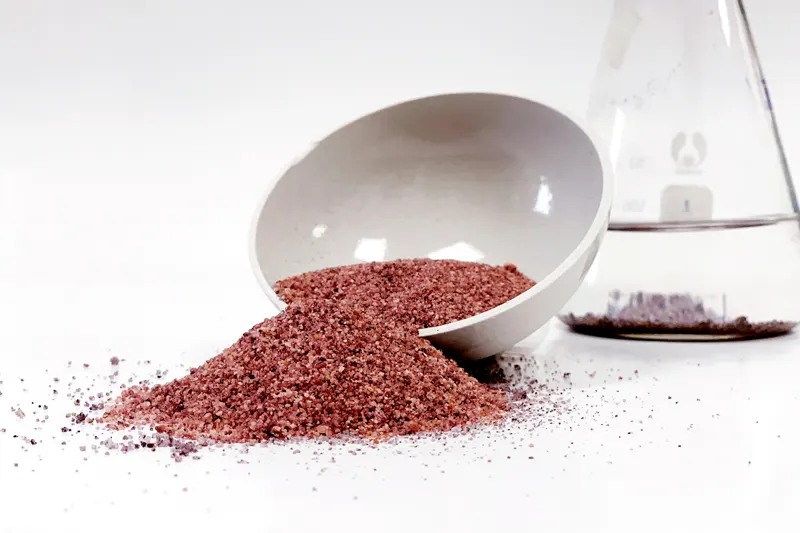
Ferman beads: the leading expert in removing iron and manganese from water
Amidst the increasing challenge of water pollution, it has become imperative to research and discover new environmentally friendly and highly efficient water treatment materials. This is particularly crucial as many households continue to rely on well water or surface water for their daily needs and activities. Notably, these water sources often have elevated levels of Iron and Manganese contamination, posing health risks and disrupting daily life. Developing effective solutions for treating water contaminated with Iron and Manganese is essential not only for ensuring clean water quality but also for safeguarding our environment.
Created at: 08/08/2024
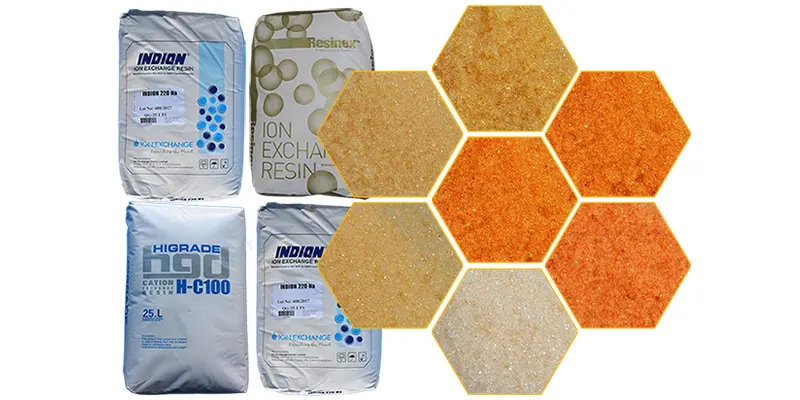
Resin is an organic substance with ion exchange properties, commonly used in water filtration processes to remove undesirable ions. Resin beads are typically made from synthetic polymers and have the ability to absorb and replace ions in water
What is Resin Bead, its properties, characteristics, and applications of this ion exchange resin will be the content shared by experts from Toan A. Let's explore the following content to answer this question.
Created at: 16/04/2024










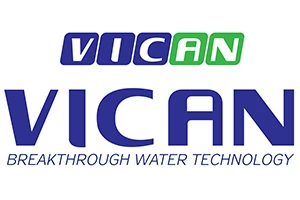






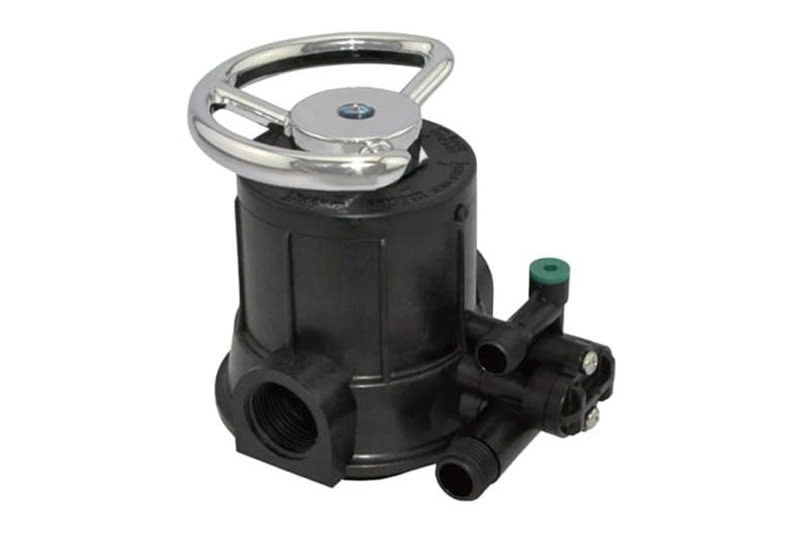
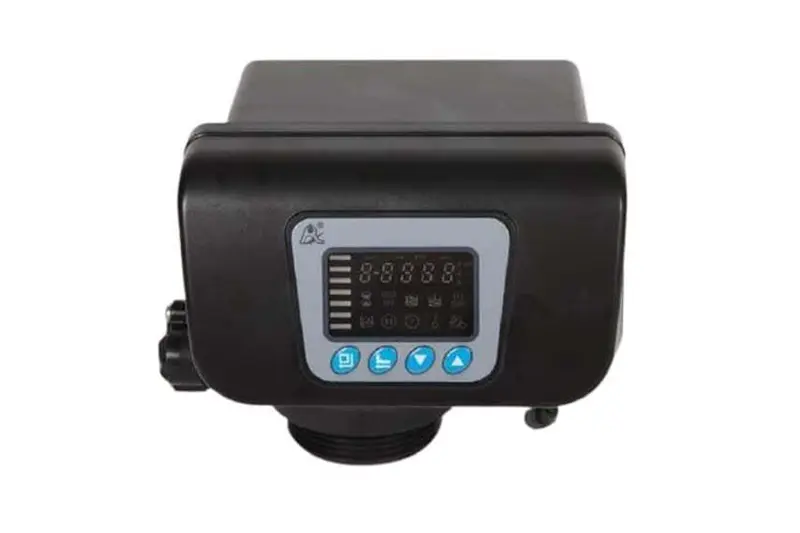




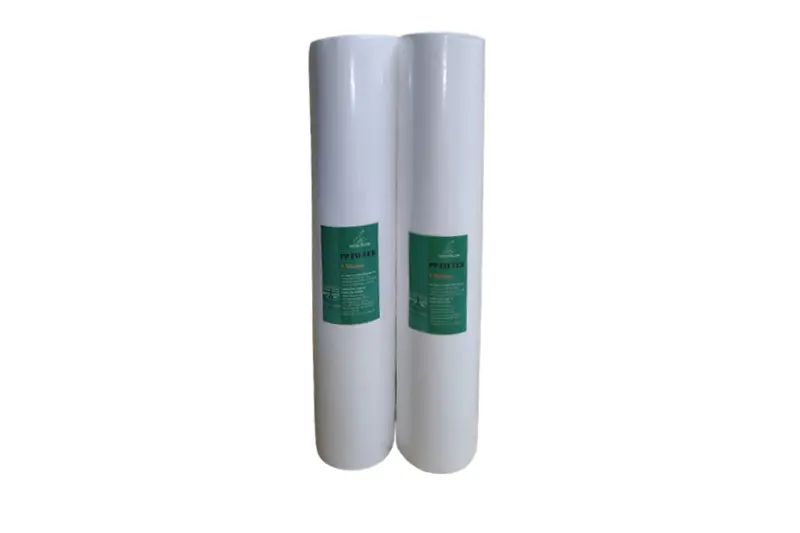



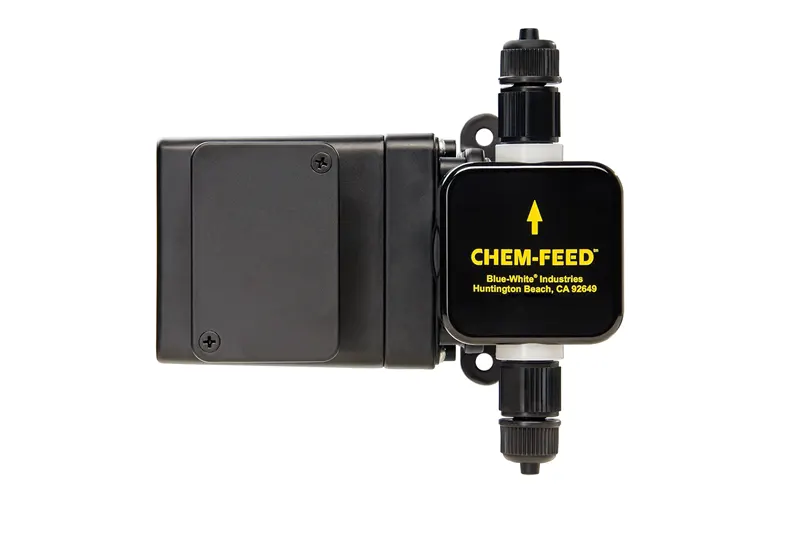
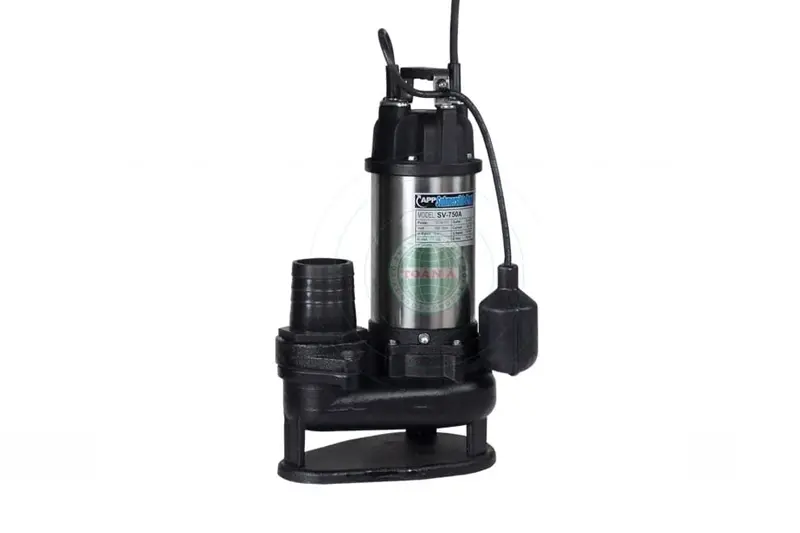



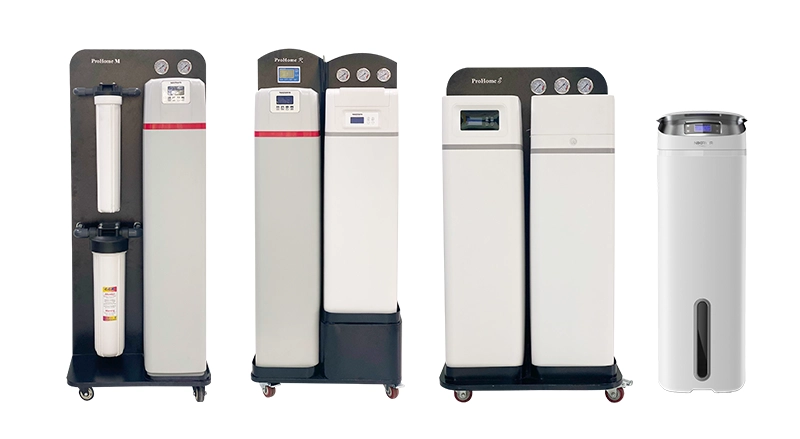
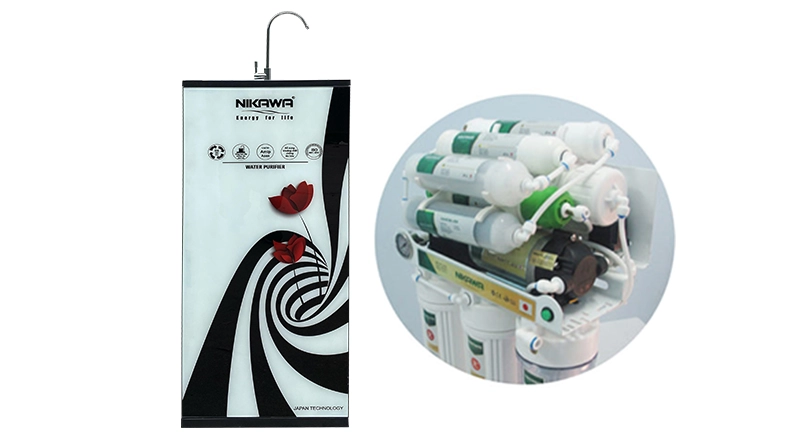
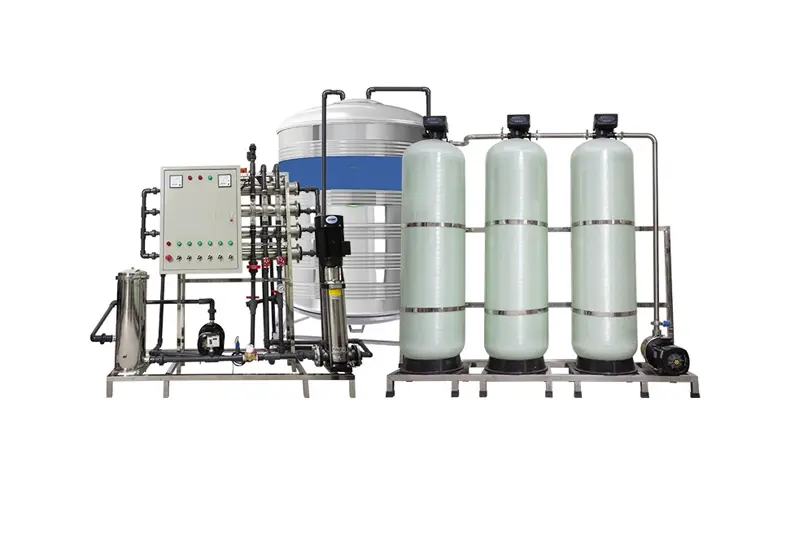
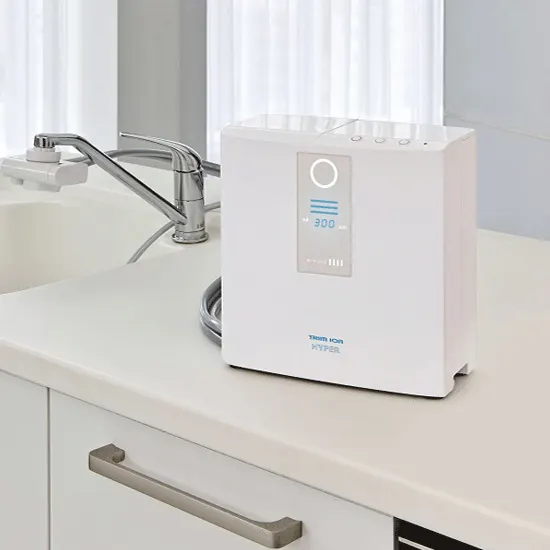
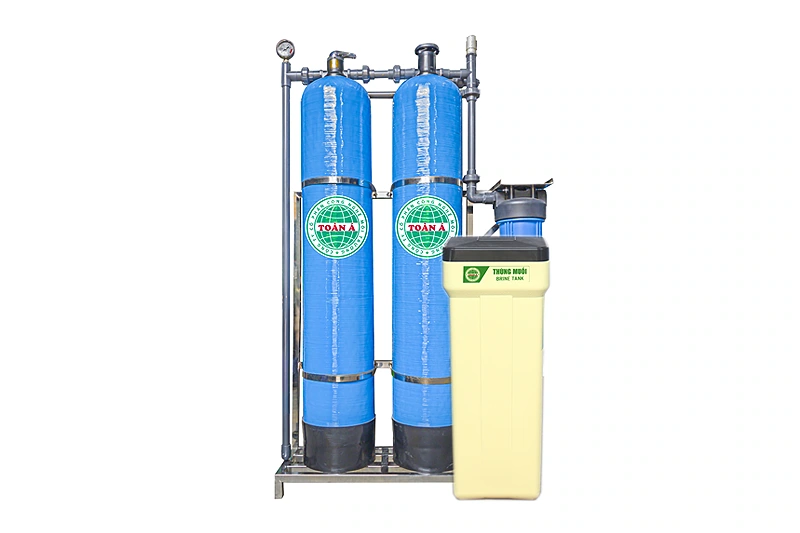


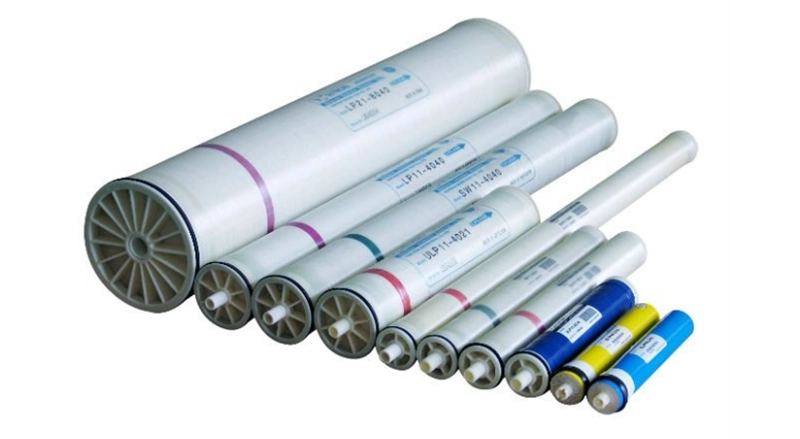
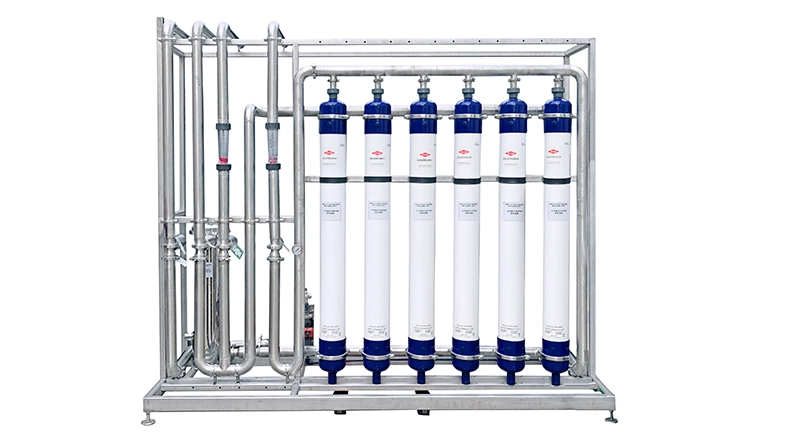


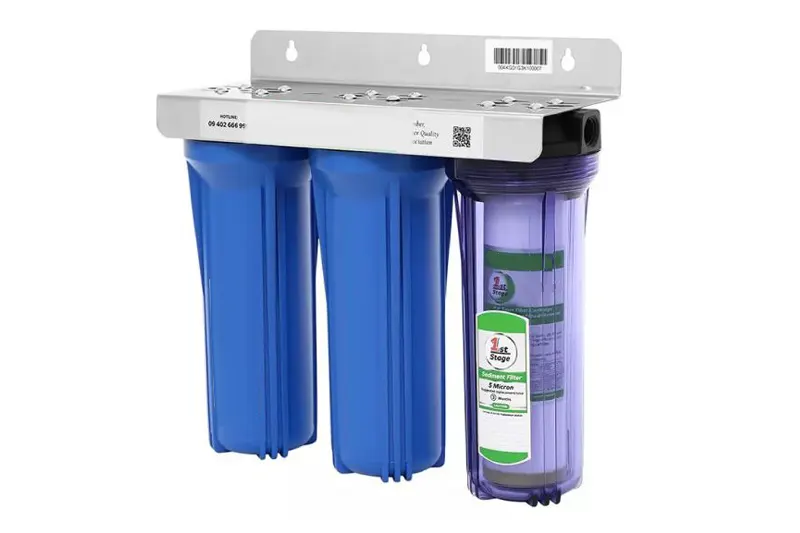

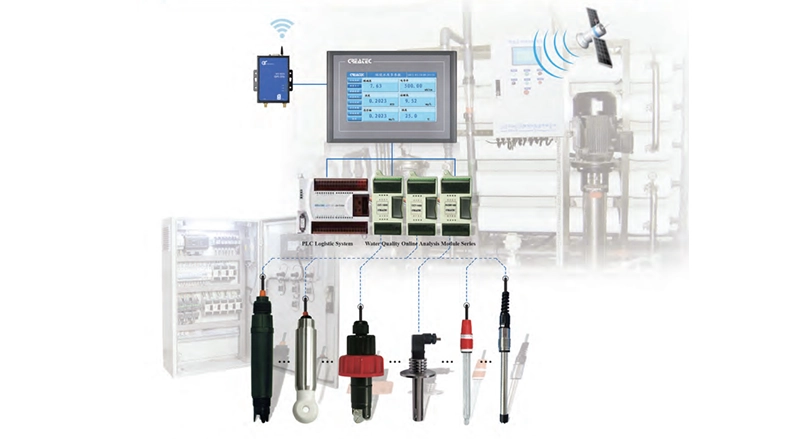
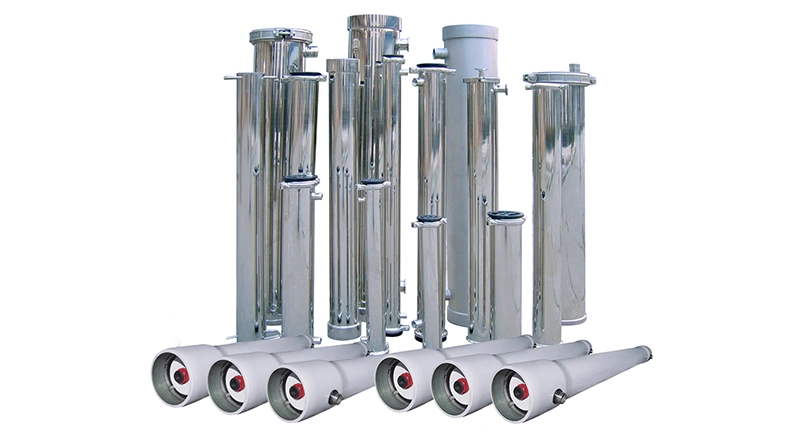
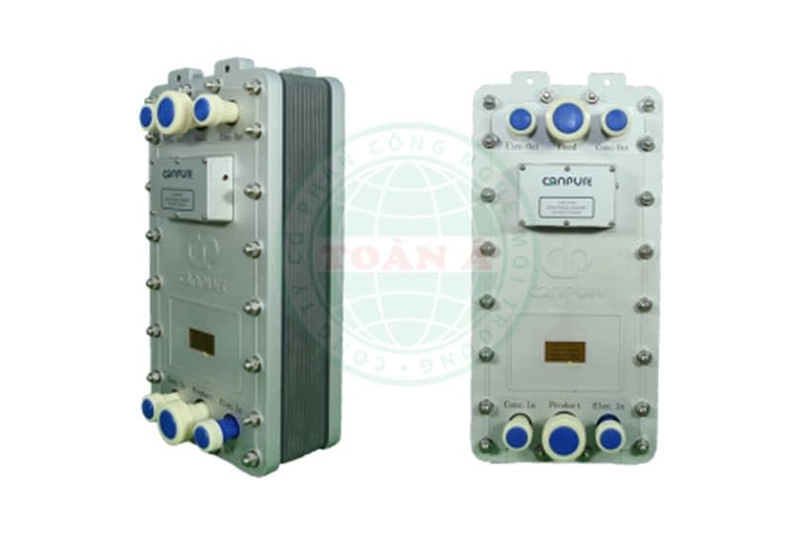
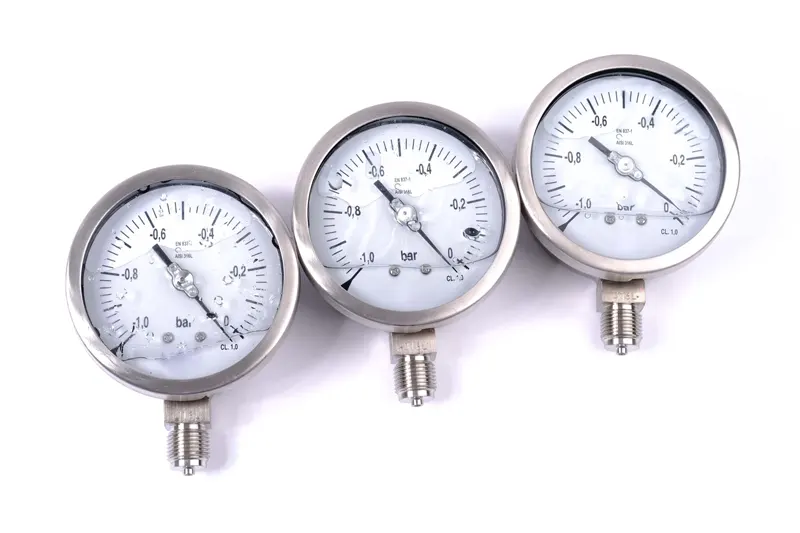
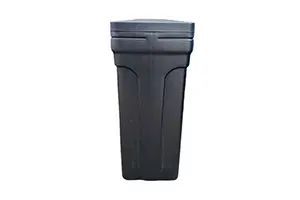


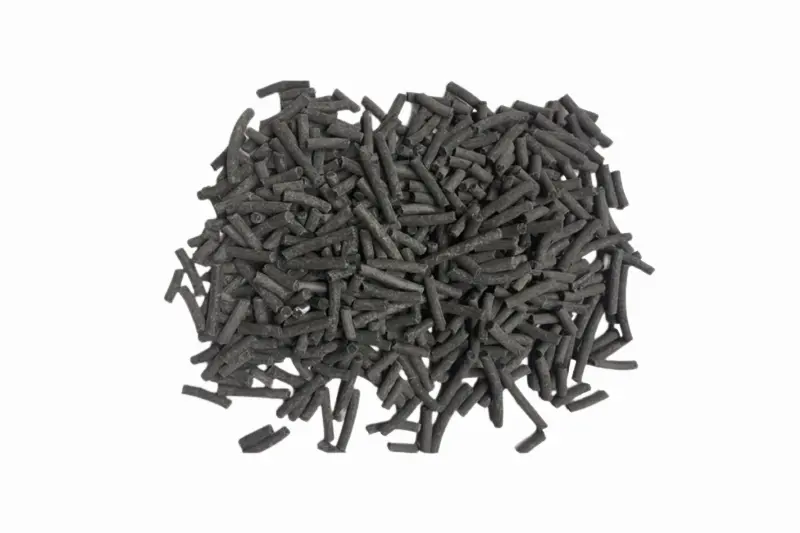
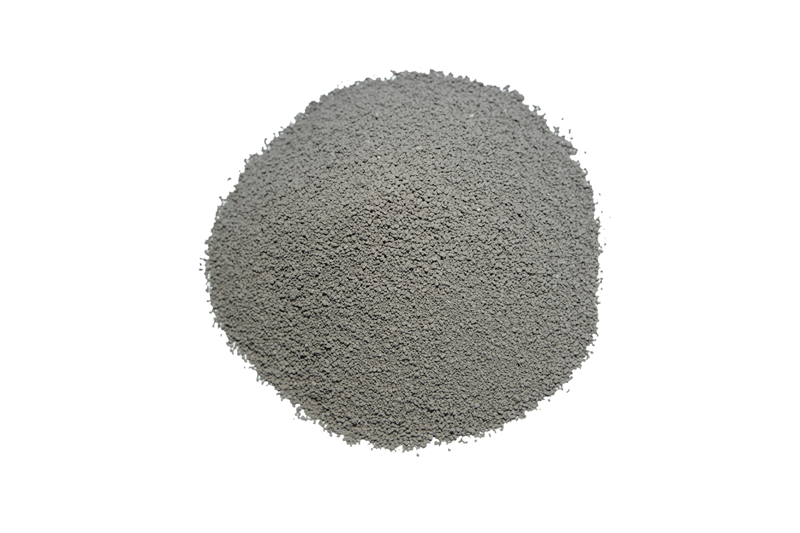
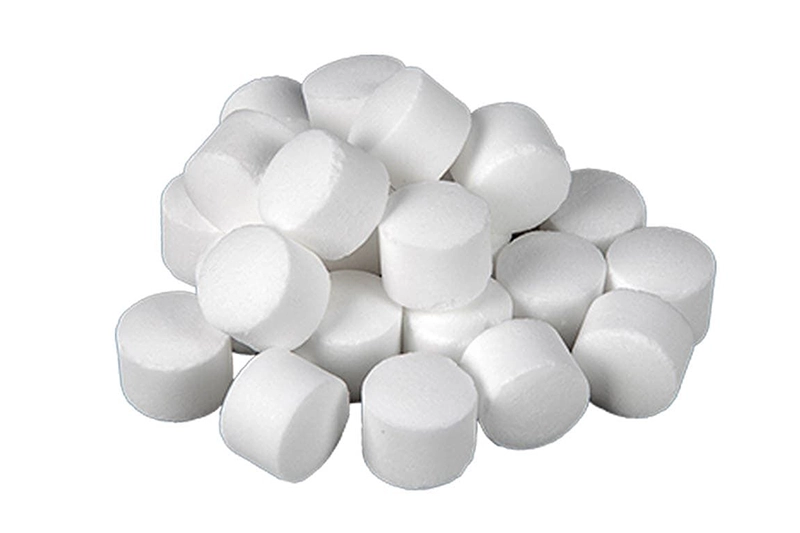
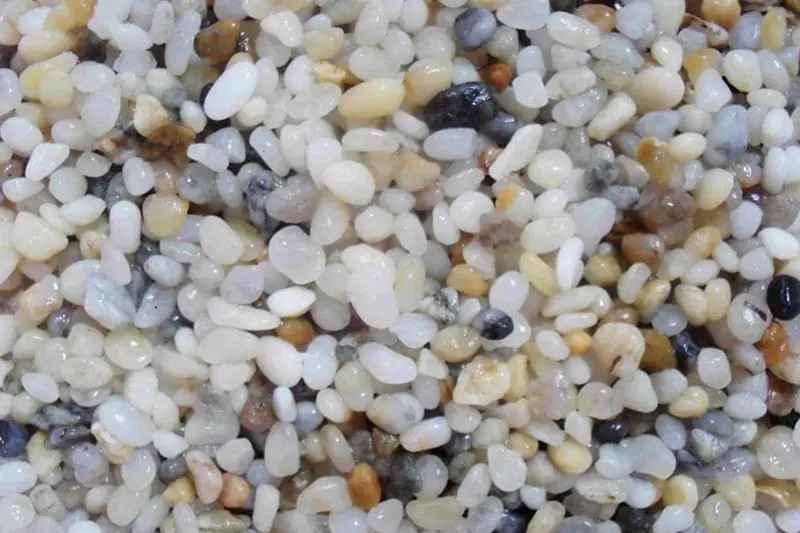
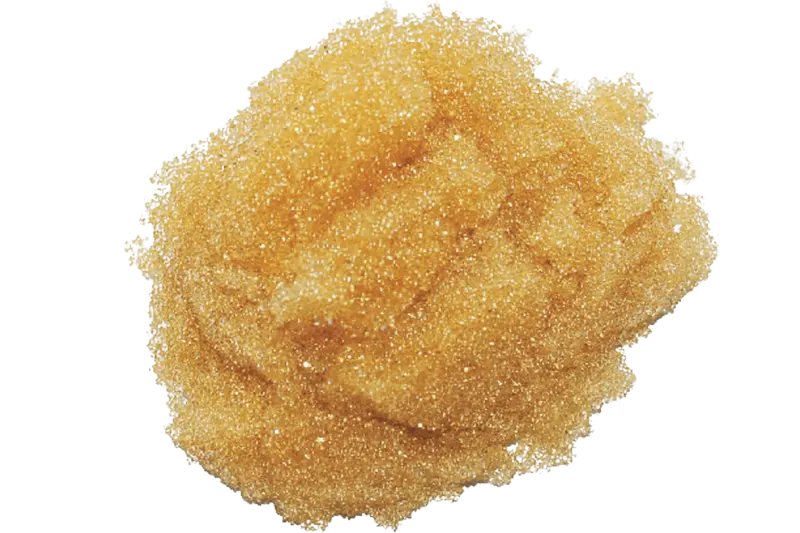








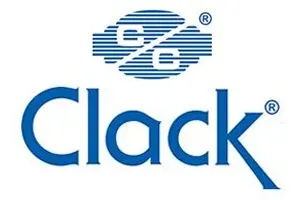


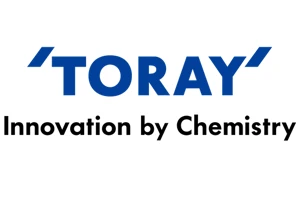

 Water Filter Columns
Water Filter Columns
 Water Filtration Membranes
Water Filtration Membranes
 Control Valves
Control Valves
 Water Filter Cartridges
Water Filter Cartridges
 Water Pumps
Water Pumps
 Water Filtration Equipment
Water Filtration Equipment
 Water Filtration Components
Water Filtration Components
 Water Filtration Materials
Water Filtration Materials
 Heat Pump Water Heaters
Heat Pump Water Heaters



 Products
Products  Solutions
Solutions  Project
Project  News
News